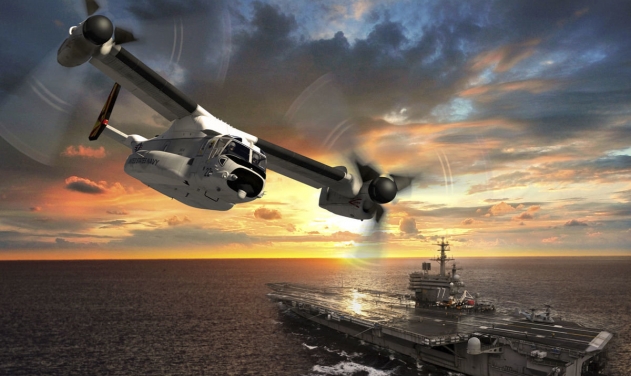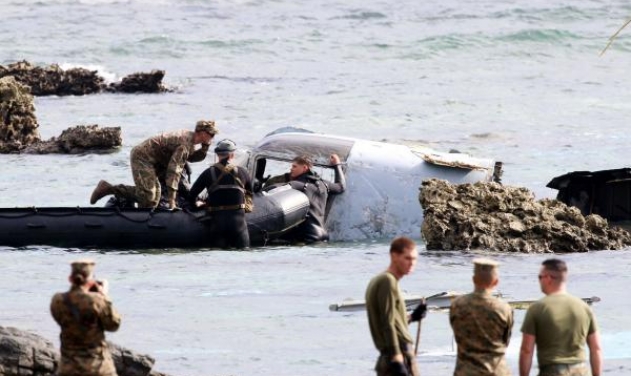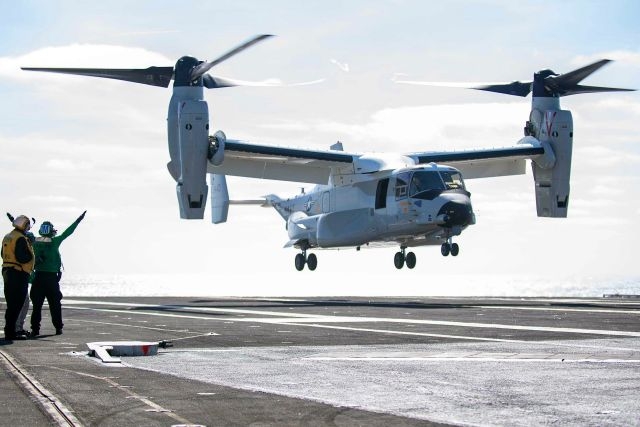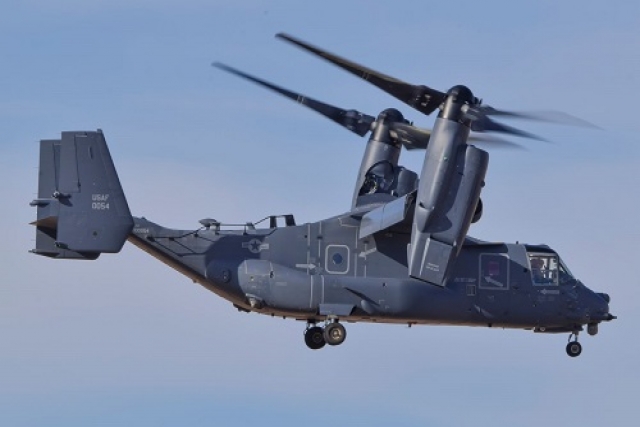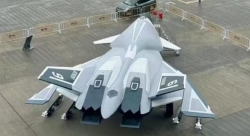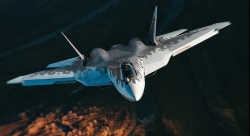Bell Boeing to Deliver Five CMV-22B Ospreys to U.S. Navy for $590M
New contract awarded amid ongoing safety concerns and flight restrictions
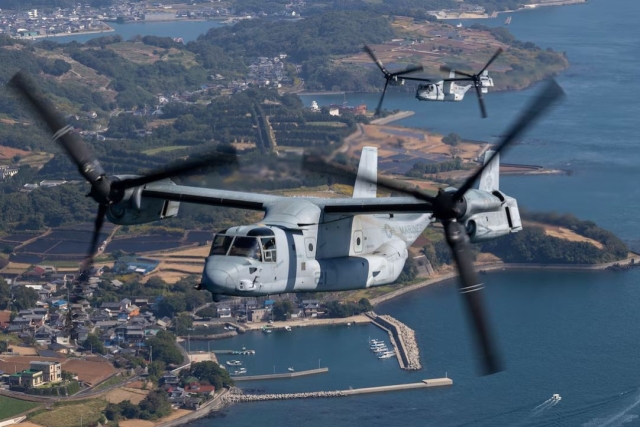
The U.S. Navy has awarded a $590 million contract modification to the Bell Boeing Joint Program Office for the production and delivery of five CMV-22B Osprey aircraft, with completion expected by January 2028.
The Osprey, a tiltrotor aircraft designed for vertical takeoff and landing, has faced persistent safety concerns. Since 2000, over 40 people have died in more than 10 Osprey-related incidents. In response to recurring issues, including a rise in hard clutch engagement events, the U.S. military temporarily grounded the aircraft in February 2023.
More recently, in December 2024, the U.S. Naval Air Systems Command (NAVAIR) directed inspections of all V-22 Ospreys to assess the flight hours of their Proprotor Gearboxes (PRGBs). Only aircraft meeting a specified threshold are allowed to resume operations under a revised interim flight clearance (IFC). The details of the threshold and additional flight controls have not been disclosed for security reasons.
NAVAIR, in coordination with the Navy, Marine Corps, and Air Force Special Operations Command, continues to enforce risk mitigation measures while working on upgrades to the PRGB system.
Osprey-related concerns have also led the U.S. Army and Japan’s Ground Self-Defense Force to ground their aircraft after a CV-22 Osprey made a precautionary landing in New Mexico on Nov. 20, 2024. Media reports suggest the incident may have been linked to propulsion system issues, with metal fatigue identified as a possible cause.
This follows a fatal crash off Japan’s Yakushima Island in November 2023 that killed eight crew members. Investigators found that a power-transmission gear cracked and failed, leading to the crash. Additional safety concerns have been raised over the Osprey’s design, particularly its short rotor blades and high engine output during takeoff and landing, which could contribute to metal fatigue.
